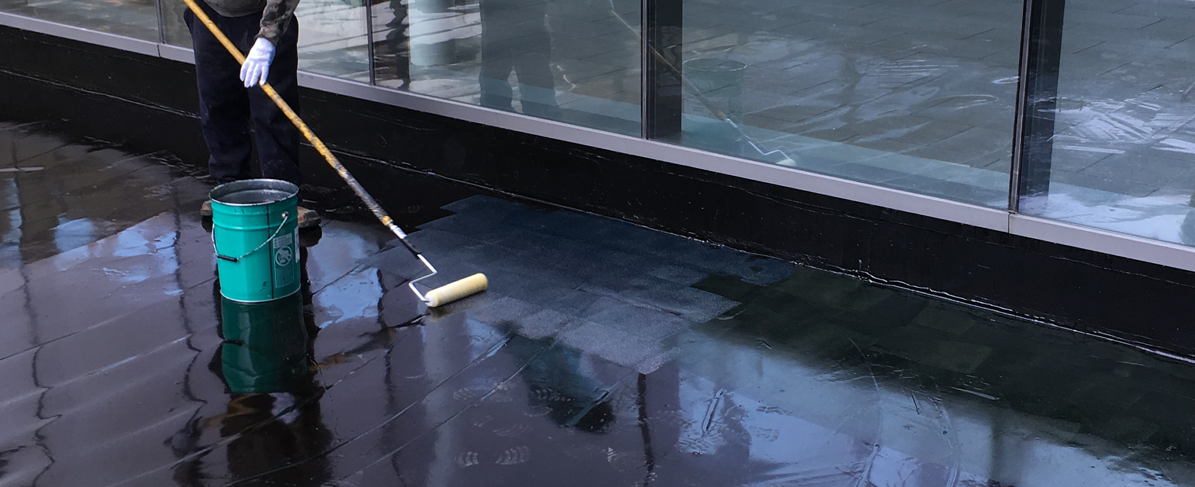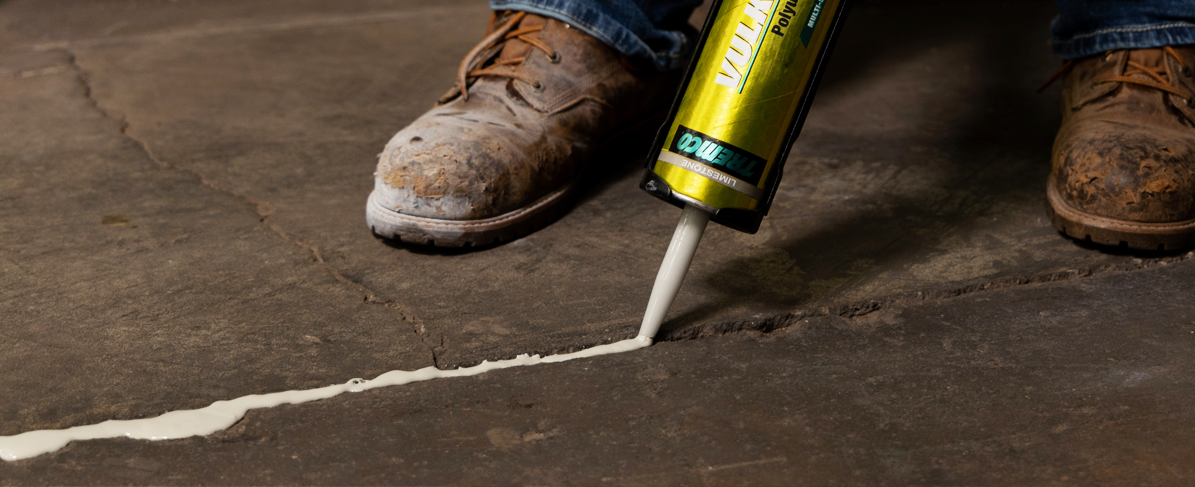Pinholes are defined as very small holes that form from the substrate and transfer through the membrane or coating of polyurethane chemistry. The substrate most often associated with pinholing is concrete or other such porous material.
There are many factors that may contribute to or cause of pinholing.
Three of the most common culprits include:
- Concrete: Most often in concrete there are voids in the surface which are termed, “bug holes.” These very small imperfections in the concrete cannot be easily filled with membrane or coating, and air is typically trapped inside them. As the concrete heats up, the air forces itself through the membrane or coating causing the pinhole.
- Aggregate: The aggregate used within the concrete mix design may also lend to pinholes. Some aggregates retain moisture at a higher concentration thus leading to outgassing as the concrete heats up.
- Mix Design: The concrete mix design and general porosity of the finished product and the substrate design, for example, non-vented metal pan decks with concrete. The air and any latent moisture present down in the slab will outgas from the concrete causing pinholes in the membrane or coating.
Following are a few ways to control pinholing in the substrate:
- One of the simplest ways to alleviate pinholing in polyurethane membranes and coatings is to do the application when the substrate is cooling and not heating, generally in the early evening or overnight.
- The use of a moisture/vapor mitigating primer prior to the application of the membrane or coating will help lock down the substrate.
- Involve the membrane/coating manufacturer’s representative early in the process and at job site meetings to assure proper steps are taken to control the pinholing before it becomes an issue.
These are just some of the ways to help prevent pinholing. Contact Tremco Technical Services for more information.






